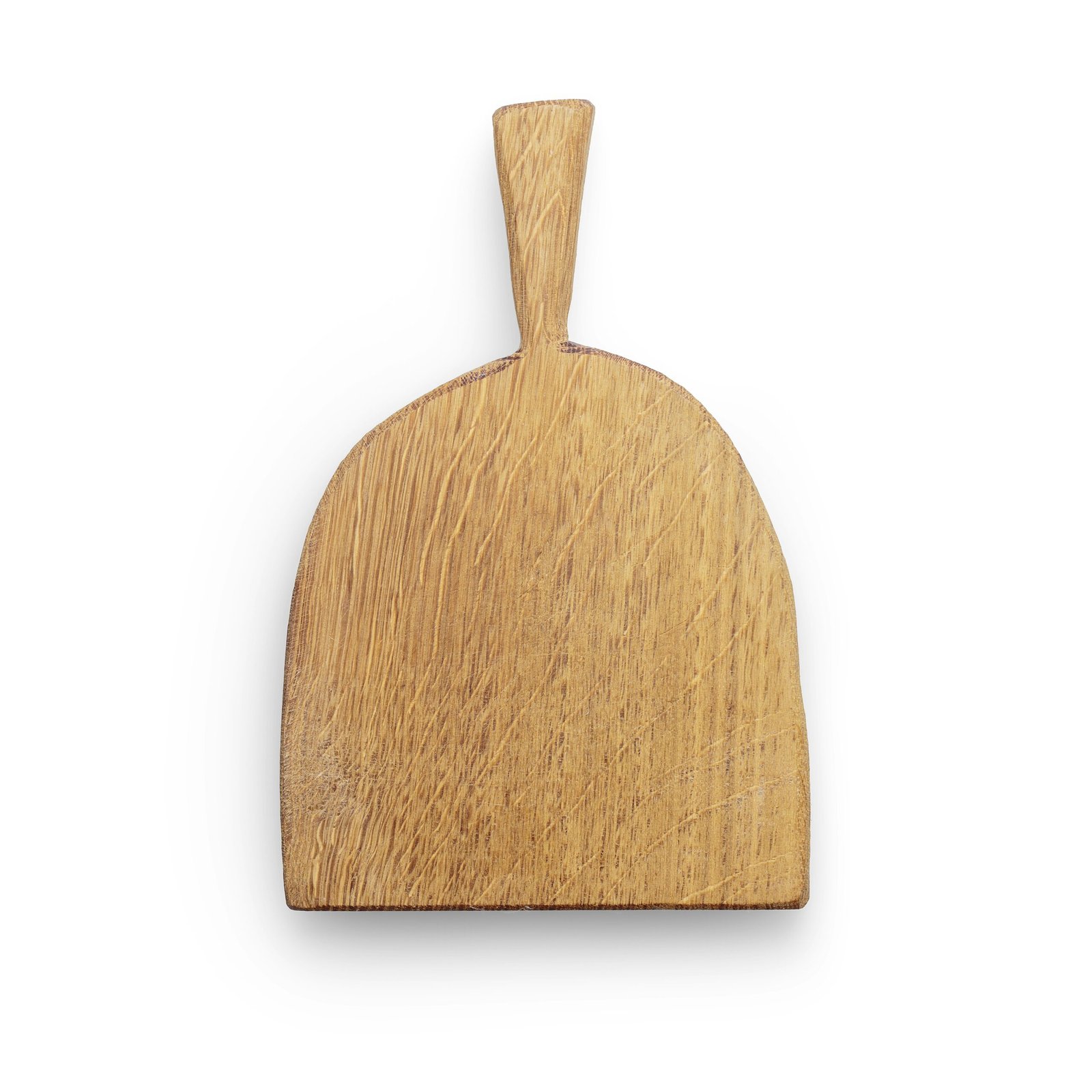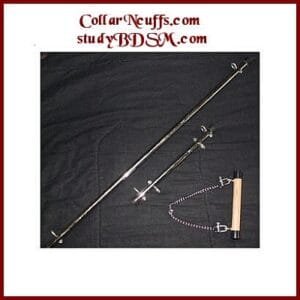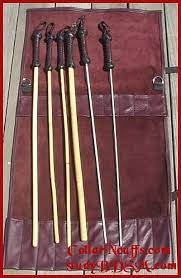Pervertible

Pervertible (frequently misspelt “pervertable”) is a term originally coined by David Stein to describe ordinary non-sexual objects, especially everyday household objects, that can be used sexually, particularly in Femdom or BDSM play such as spanking. Some objects become so commonly 'perverted' that manufacturers produce and market models designed for this 'luxury' market. As their products are often modified (safer, sexier, easier to handle, more painful, etc.) the objects cease to be true pervertibles.






